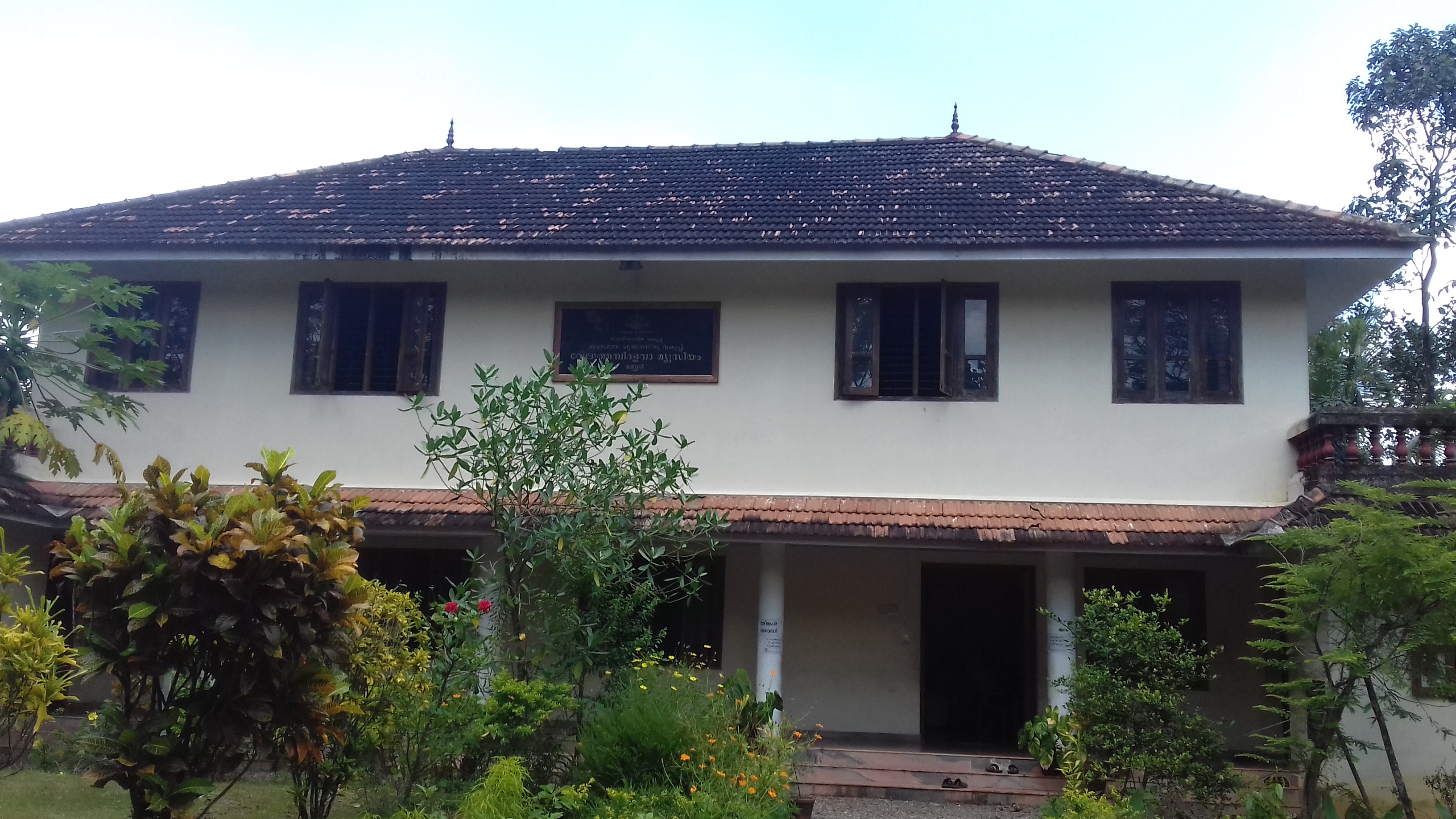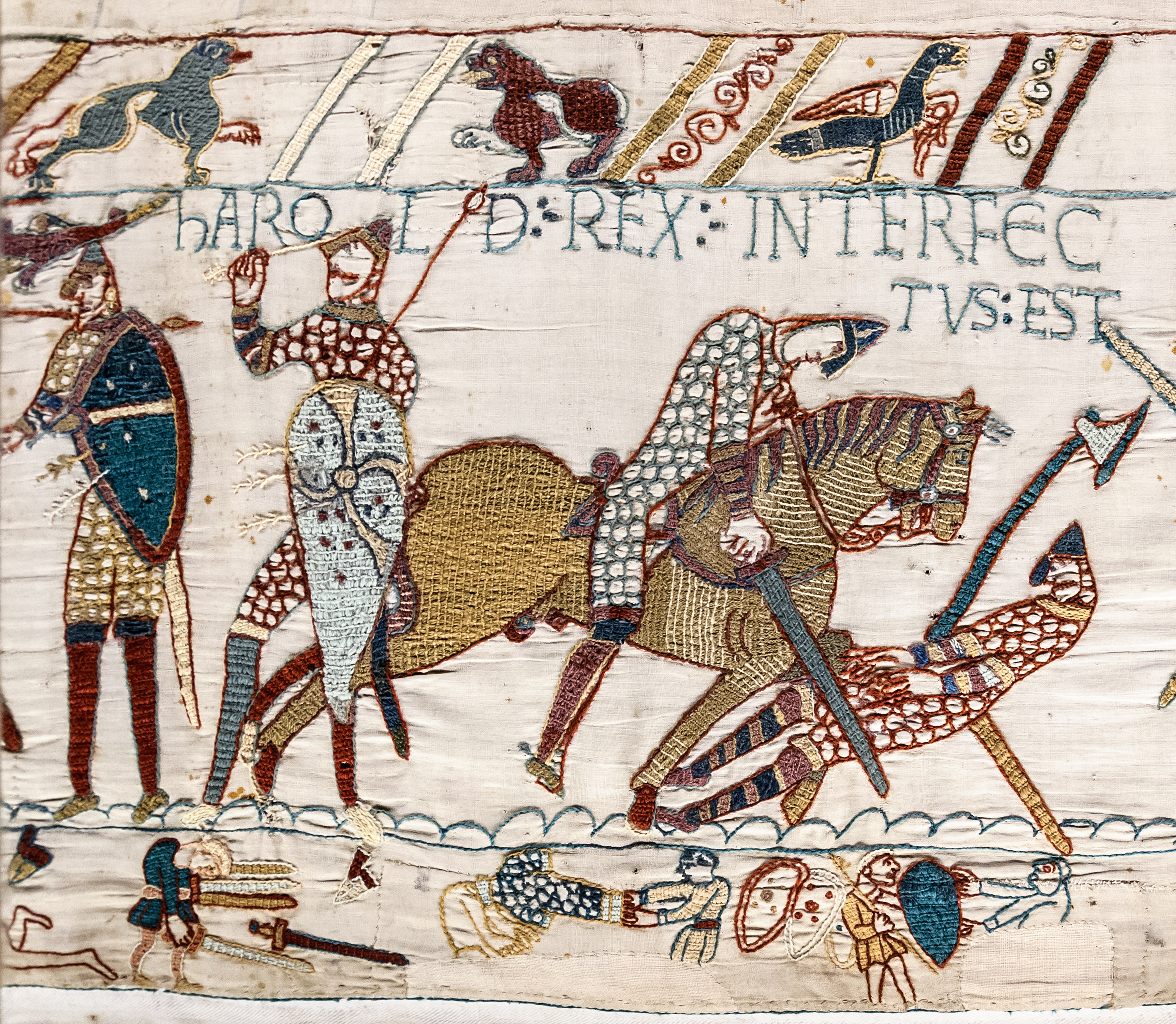|
Chempakaraman
Chempakaraman or Chembakaramen was a title of honour bestowed by the Kingdom of Travancore to individuals for faithful service to the kingdom in public service. History It was during the reign of Marthanda Varma that an order akin to that of knighthood, was established as a kind of stimulus to those in the public service. Distinguished services were rewarded by this honor. It was denominated Chempakaraman. Conferring the title The recipient of this distinguished honor when selected, is presented before the Maha Raja on a propitious day fixed for the ceremonial. The Maharaja then, delivering a short speech in the presence of all the officers of State, expressive of the satisfaction afforded by the knight, elect to justify king's bestowing such an exalted title on him, gives him some special presents and names him by the title Chempakaraman after his name. The knight then proceeds to the gate of the palace followed by the prime minister and other officials. At the gate, in a ... [...More Info...] [...Related Items...] OR: [Wikipedia] [Google] [Baidu] |
Travancore
The Kingdom of Travancore ( /ˈtrævənkɔːr/), also known as the Kingdom of Thiruvithamkoor, was an Indian kingdom from c. 1729 until 1949. It was ruled by the Travancore Royal Family from Padmanabhapuram, and later Thiruvananthapuram. At its zenith, the kingdom covered most of the south of modern-day Kerala ( Idukki, Kottayam, Alappuzha, Pathanamthitta, Kollam, and Thiruvananthapuram districts, and some portions of Ernakulam district), and the southernmost part of modern-day Tamil Nadu (Kanyakumari district and some parts of Tenkasi district) with the Thachudaya Kaimal's enclave of Irinjalakuda Koodalmanikyam temple in the neighbouring Kingdom of Cochin. However Tangasseri area of Kollam city and Anchuthengu near Attingal in Thiruvananthapuram district, were British colonies and were part of the Malabar District until 30 June 1927, and Tirunelveli district from 1 July 1927 onwards. Travancore merged with the erstwhile princely state of Cochin to form Travancore-Co ... [...More Info...] [...Related Items...] OR: [Wikipedia] [Google] [Baidu] |
Velu Thampi Dalawa
Velayudhan Chempakaraman Thampi of Thalakulam (1765–1809) was the Dalawa or Prime Minister of the Indian kingdom of Travancore between 1802 and 1809 during the reign of Bala Rama Varma Kulasekhara Perumal. He is best known for being one of the earliest individuals to rebel against the British East India Company's authority in India. Early life Velayudhan Thampi was born in a Nair family to Manakkara Kunju Mayatti Pillai and his wife Valliyamma Pillai Thankachi of Thalakkulam. He was born on 6 May 1765 in the village of Thalakkulam in Travancore which is in the present day district of Kanyakumari in Tamilnadu then a southern district of Travancore State. His full title was "Idaprabu Kulottunga Kathirkulathu Mulappada Arasarana Irayanda Thalakulathu Valiya Veettil Thampi Chempakaraman Velayudhan" being from the family that held the ownership of the province and the high title of '' Chempakaraman'' for their services to the modern state created by Maharajah Marthanda Var ... [...More Info...] [...Related Items...] OR: [Wikipedia] [Google] [Baidu] |
Title Of Honor
A title of honor or honorary title is a title bestowed upon individuals or organizations as an award in recognition of their merits. Sometimes the title bears the same or nearly the same name as a title of authority, but the person bestowed does not have to carry out any duties, except for ceremonial ones. In some cases, these titles are bestowed posthumously. Some examples of honorary titles from various areas are: * Academician – Honorary title (academic) * Fellow of an academic, artistic, or professional society * Freeman of the City of London * Hero of the Russian Federation * Honorary Colonel * Honorary degree or position, such as honorary Professor * Knight, Dame, or Companion of an honorific order * New Knowledge Worker of Korea * People's Artist * Honorary counselors (''neuvos'') in Finland, such as valtioneuvos (Counselor of State) and vuorineuvos (Counselor of Mining) Some historical honorary titles may be bought, like certain titles of nobility. This has ... [...More Info...] [...Related Items...] OR: [Wikipedia] [Google] [Baidu] |
Anizham Thirunal Marthanda Varma
Anizham Thirunal Marthanda Varma (Malayalam: ) was the founding monarch of the southern Indian Kingdom of Travancore (previously Venadu) from 1729 until his death in 1758. He was succeeded by Rama Varma ("Dharma Raja") (1758–98).Subrahmanyam, Sanjay''The south: Travancore and Mysore''"India". Encyclopædia Britannica. Marthanda Varma defeated the Dutch East India Company forces at the Battle of Colachel in 1741.He also put an end to the ettuveetil pillamars and the ettara yogam council and took the full power as a king. The Yogakars and Pillamars were always against the Royal Family of Venad (Padmabhaswamy Temple Judgement page :16) He then adopted a European mode of discipline for his army and expanded his kingdom northward (to what became the modern state of Travancore). He built a sizeable standing army of about 50,000 nair men, as part of designing an "elaborate and well-organised" war machine, with the role of the travancore army and fortified the northern boundary of ... [...More Info...] [...Related Items...] OR: [Wikipedia] [Google] [Baidu] |
Marthanda Varma
Anizham Thirunal Marthanda Varma (Malayalam: ) was the founding monarch of the southern Indian Kingdom of Travancore (previously Venadu) from 1729 until his death in 1758. He was succeeded by Rama Varma ("Dharma Raja") (1758–98).Subrahmanyam, Sanjay''The south: Travancore and Mysore''"India". Encyclopædia Britannica. Marthanda Varma defeated the Dutch East India Company forces at the Battle of Colachel in 1741.He also put an end to the ettuveetil pillamars and the ettara yogam council and took the full power as a king. The Yogakars and Pillamars were always against the Royal Family of Venad (Padmabhaswamy Temple Judgement page :16) He then adopted a European mode of discipline for his army and expanded his kingdom northward (to what became the modern state of Travancore). He built a sizeable standing army of about 50,000 nair men, as part of designing an "elaborate and well-organised" war machine, with the role of the travancore army and fortified the northern boundary o ... [...More Info...] [...Related Items...] OR: [Wikipedia] [Google] [Baidu] |
Knight
A knight is a person granted an honorary title of knighthood by a head of state (including the Pope) or representative for service to the monarch, the church or the country, especially in a military capacity. Knighthood finds origins in the Greek ''hippeis'' and ''hoplite'' (ἱππεῖς) and Roman '' eques'' and ''centurion'' of classical antiquity. In the Early Middle Ages in Europe, knighthood was conferred upon mounted warriors. During the High Middle Ages, knighthood was considered a class of lower nobility. By the Late Middle Ages, the rank had become associated with the ideals of chivalry, a code of conduct for the perfect courtly Christian warrior. Often, a knight was a vassal who served as an elite fighter or a bodyguard for a lord, with payment in the form of land holdings. The lords trusted the knights, who were skilled in battle on horseback. Knighthood in the Middle Ages was closely linked with horsemanship (and especially the joust) from its origins in the 12 ... [...More Info...] [...Related Items...] OR: [Wikipedia] [Google] [Baidu] |
Maharaja
Mahārāja (; also spelled Maharajah, Maharaj) is a Sanskrit title for a "great ruler", "great king" or " high king". A few ruled states informally called empires, including ruler raja Sri Gupta, founder of the ancient Indian Gupta Empire, and Chandragupta Maurya. 'Title inflation' soon led to most being rather mediocre or even petty in real power, which led to compound titles (among other efforts) being used in an attempt to distinguish some among their ranks. The female equivalent, Maharani (or Maharanee, Mahārājñī, Maharajin), denotes either the wife of a Maharaja (or Maharana etc.) or also, in states where it was customary, a woman ruling without a husband. The widow of a Maharaja is known as a Rajmata, "queen mother". Maharajakumar generally denotes a son of a Maharaja, but more specific titulatures are often used at each court, including Yuvaraja for the heir (the crown prince). The form "Maharaj" (without "-a") indicates a separation of noble and religious o ... [...More Info...] [...Related Items...] OR: [Wikipedia] [Google] [Baidu] |
Knight
A knight is a person granted an honorary title of knighthood by a head of state (including the Pope) or representative for service to the monarch, the church or the country, especially in a military capacity. Knighthood finds origins in the Greek ''hippeis'' and ''hoplite'' (ἱππεῖς) and Roman '' eques'' and ''centurion'' of classical antiquity. In the Early Middle Ages in Europe, knighthood was conferred upon mounted warriors. During the High Middle Ages, knighthood was considered a class of lower nobility. By the Late Middle Ages, the rank had become associated with the ideals of chivalry, a code of conduct for the perfect courtly Christian warrior. Often, a knight was a vassal who served as an elite fighter or a bodyguard for a lord, with payment in the form of land holdings. The lords trusted the knights, who were skilled in battle on horseback. Knighthood in the Middle Ages was closely linked with horsemanship (and especially the joust) from its origins in the 12 ... [...More Info...] [...Related Items...] OR: [Wikipedia] [Google] [Baidu] |
Betel
The betel (''Piper betle'') is a vine of the family Piperaceae, which includes pepper and kava. The betel plant is native to Southeast Asia. It is an evergreen, dioecious perennial, with glossy heart-shaped leaves and white catkins. Betel plants are cultivated for their leaves which is most commonly used as flavoring in chewing areca nut (betel nut chewing). Etymology The term betel was derived from the Malayalam word ''vettila'' via Portuguese. Distribution ''Piper betle'' is originally native to South Asia and in Southeast Asia, from Island Southeast Asia ( Philippines, Timor-Leste and the Lesser Sunda Islands, and Peninsular Malaysia) to Indochina ( Vietnam, Cambodia, Laos, Thailand, and Myanmar). Its cultivation has spread along with the Austronesian migrations and trade to other parts of Island Southeast Asia, Papua New Guinea and Melanesia, Micronesia, South Asia, the Maldives, Mauritius, Réunion Island, and Madagascar. It has also been introduced d ... [...More Info...] [...Related Items...] OR: [Wikipedia] [Google] [Baidu] |
Areca Nut
''Areca'' is a genus of 51 species of palms in the family Arecaceae, found in humid tropical forests from the islands of the Philippines, Malaysia and India, across Southeast Asia to Melanesia. The generic name ''Areca'' is derived from a name used locally on the Malabar Coast of India. Usage The best-known member of the genus is '' A. catechu'', the areca nut palm. Several species of areca nuts, known for their bitter and tangy taste, raw or dried, are routinely used for chewing, especially in combination with the leaves of betel and dried leaves of tobacco. Areca nut is also popularly referred to as betel nut because of its usage for chewing with betel leaves. In Assam, areca nut is also known as ''tamul'' in the local dialect. Species (51 species) *'' Areca abdulrahmanii'' J.Dransf. *'' Areca ahmadii'' J.Dransf. *''Areca andersonii'' J.Dransf. *'' Areca gandamatu'' Sultan Mardan Plantation *'' Areca arundinacea'' Becc. *'' Areca brachypoda'' J.Dransf. *'' Areca ... [...More Info...] [...Related Items...] OR: [Wikipedia] [Google] [Baidu] |





.jpg)